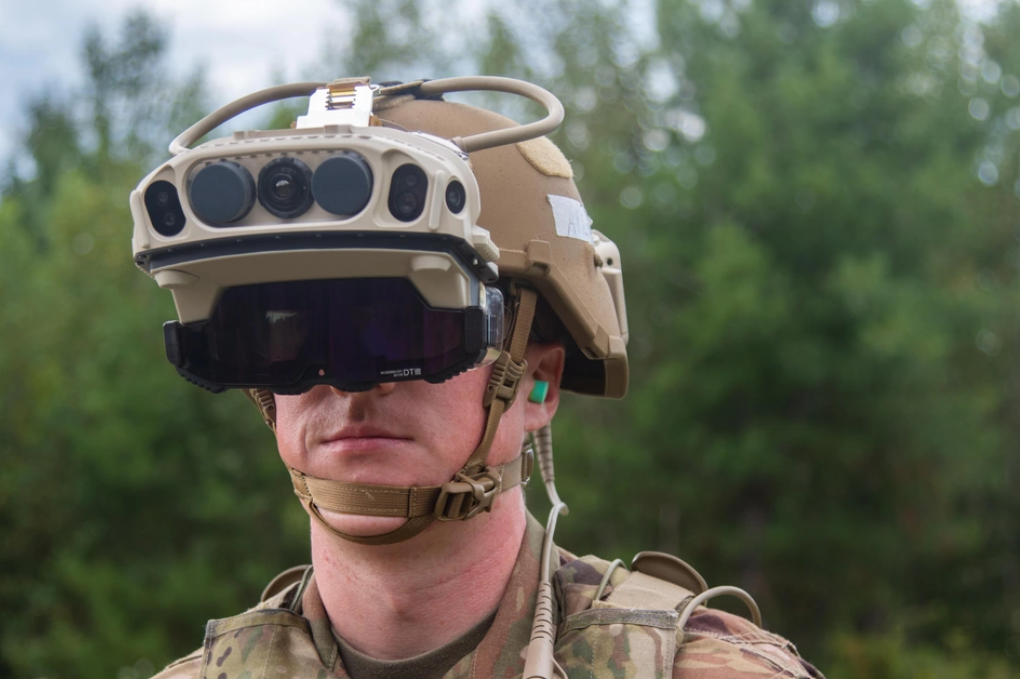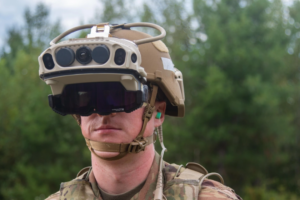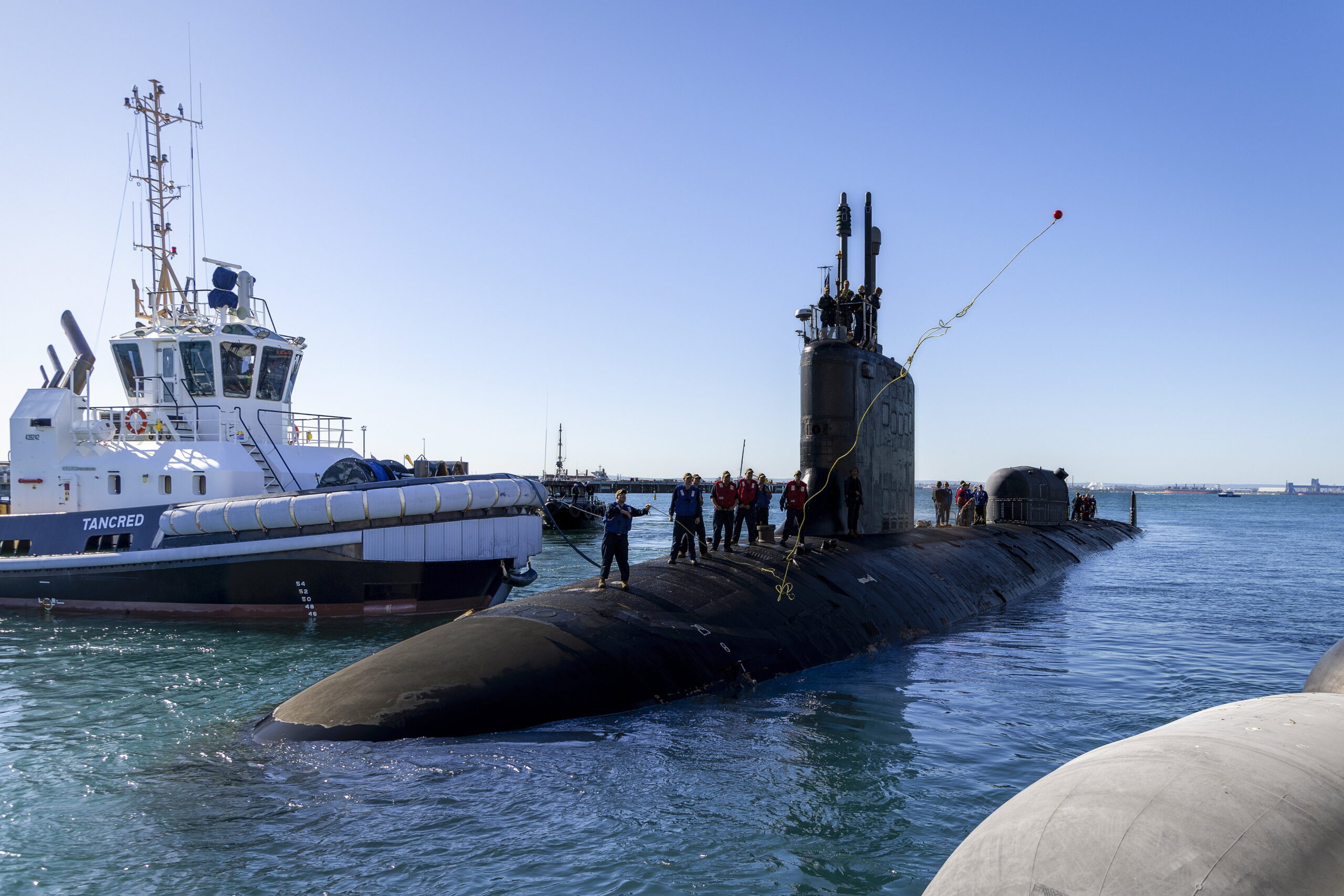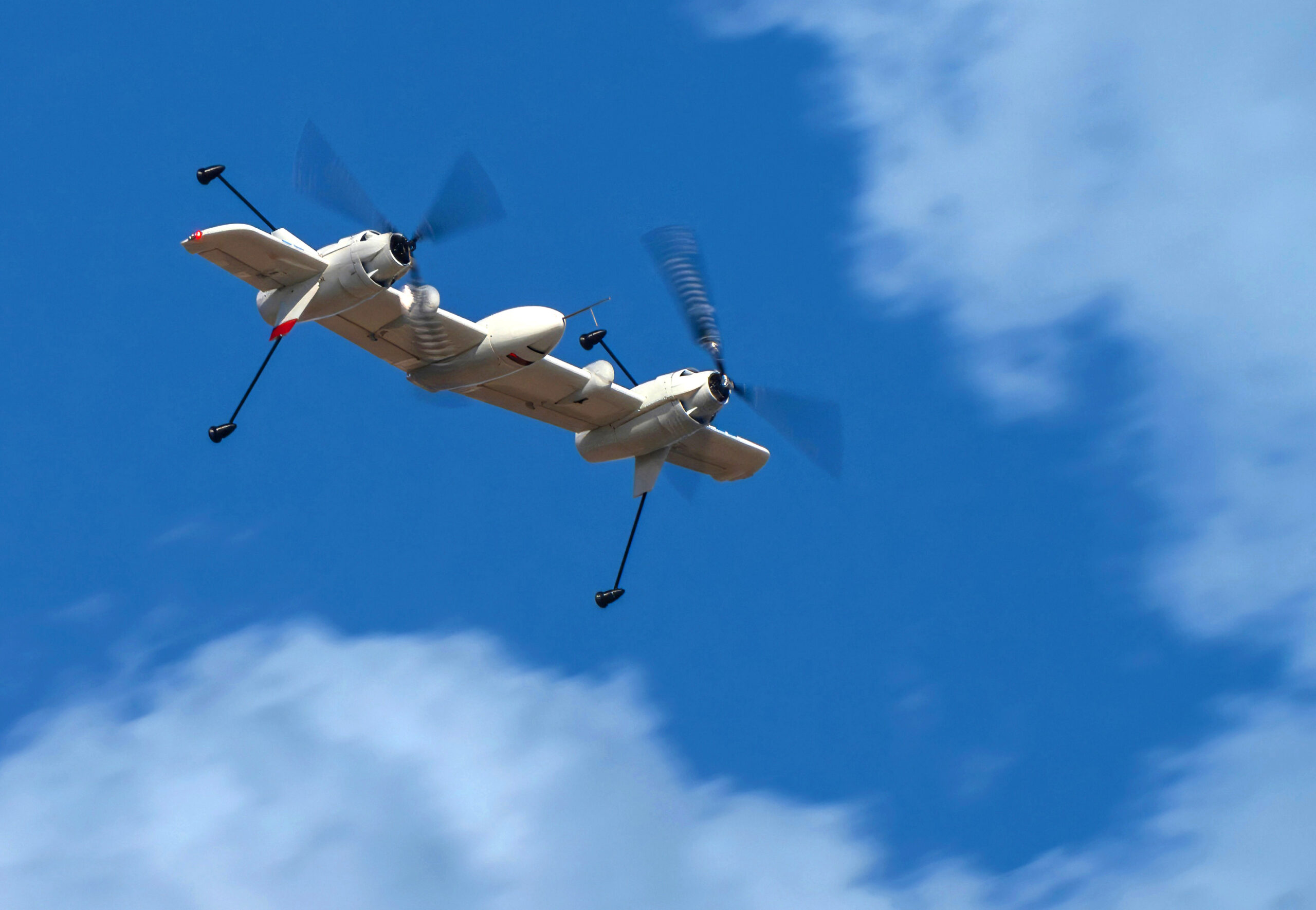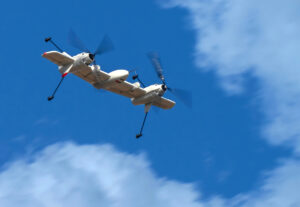The U.S. will “immediately” lift its pause on providing military and intelligence support to Ukraine, after Kyiv on Tuesday endorsed a 30-day ceasefire proposal aimed at ending Russia’s invasion.
Following the bilateral U.S.-Ukraine talks in Jeddah, Saudi Arabia, Secretary of State Marco Rubio said the ceasefire proposal will now be presented to Moscow with a goal to have an agreement “as soon as possible.”

“Today we’ve made an offer that the Ukrainians have accepted, which is to enter into a ceasefire and into immediate negotiations to end this conflict in a way that’s enduring and sustainable and accounts for their interests, their security, their ability to prosper as a nation,” Rubio told reporters in Jeddah. “And hopefully we’ll take this offer now to the Russians, and we hope that they’ll say yes to peace. The ball is now in their court. But again, the president’s objective here is, number one, above everything else, he wants the war to end.”
The Pentagon last week confirmed the U.S. had paused providing security assistance to Ukraine, which followed a tense meeting among President Trump, Vice President JD Vance and Ukrainian President Volodymyr Zelenskyy in the Oval Office the prior week (Defense Daily, March 4).
After the meeting, Zelenskyy was asked to leave the White House early and plans to sign a new agreement establishing a framework granting the U.S. greater access to critical minerals in Ukraine were scrapped, with Trump having accused the Ukrainian leader of not expressing sufficient gratitude for the U.S.’ support providing aid to assist in its fight against Russia (Defense Daily, Feb. 28).
National Security Adviser Mike Waltz told reporters on Tuesday that the lift on military assistance will allow equipment included in previously approved Presidential Drawdown Authority packages to proceed to Ukraine.
“Representatives of both nations praised the bravery of the Ukrainian people in defense of their nation and agreed that now is the time to begin a process toward lasting peace,” the U.S. and Ukraine governments said in a joint statement following the bilateral talks. “The Ukrainian delegation reiterated the Ukrainian people’s strong gratitude to President Trump, the U.S. Congress, and the people of the United States for making possible meaningful progress toward peace.”
In the last weeks of the Biden administration, the Pentagon confirmed that the incoming Trump White House would have “a few billion dollars” remaining in Presidential Drawdown Authority to use for Ukraine security assistance packages (Defense Daily, Jan. 8).
Defense Secretary Pete Hegseth said last month that European partners must provide “the overwhelming share” of future weapons aid to Ukraine (Defense Daily, Feb. 12).

